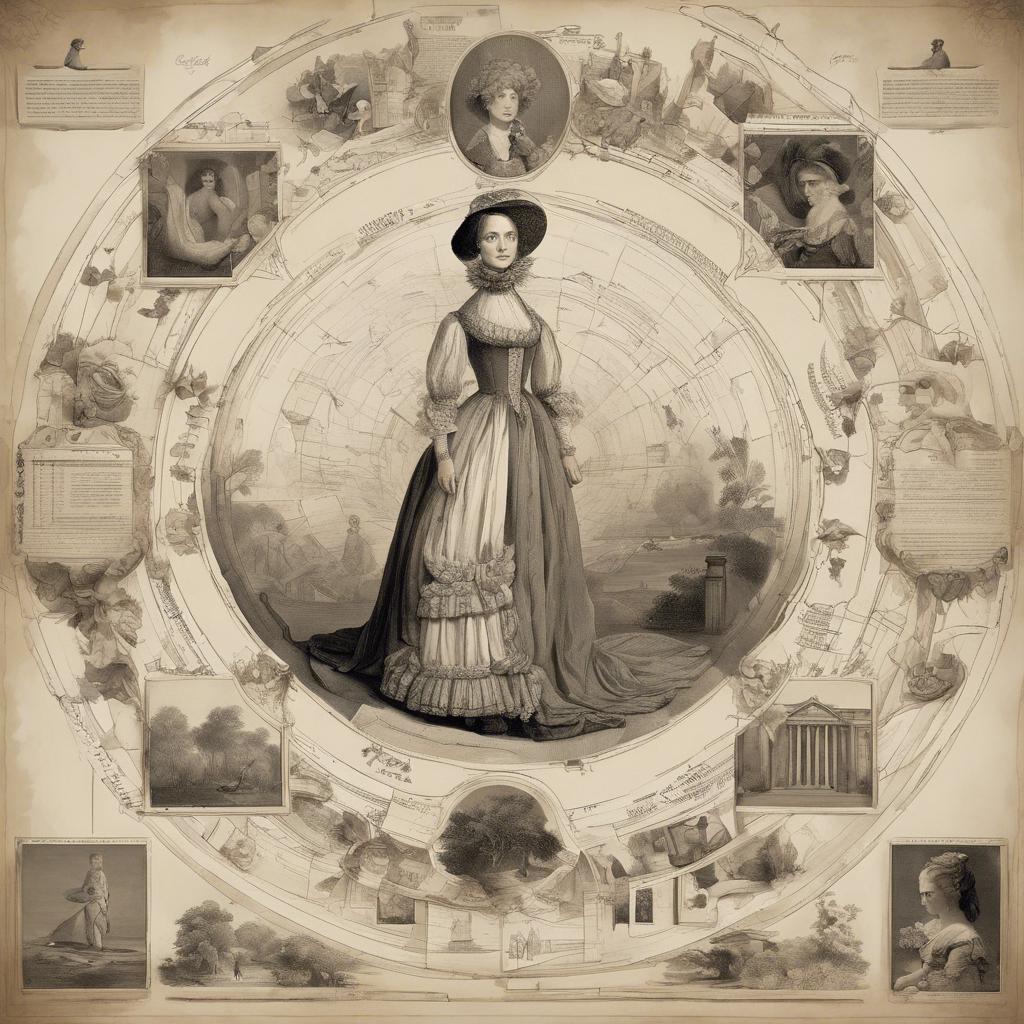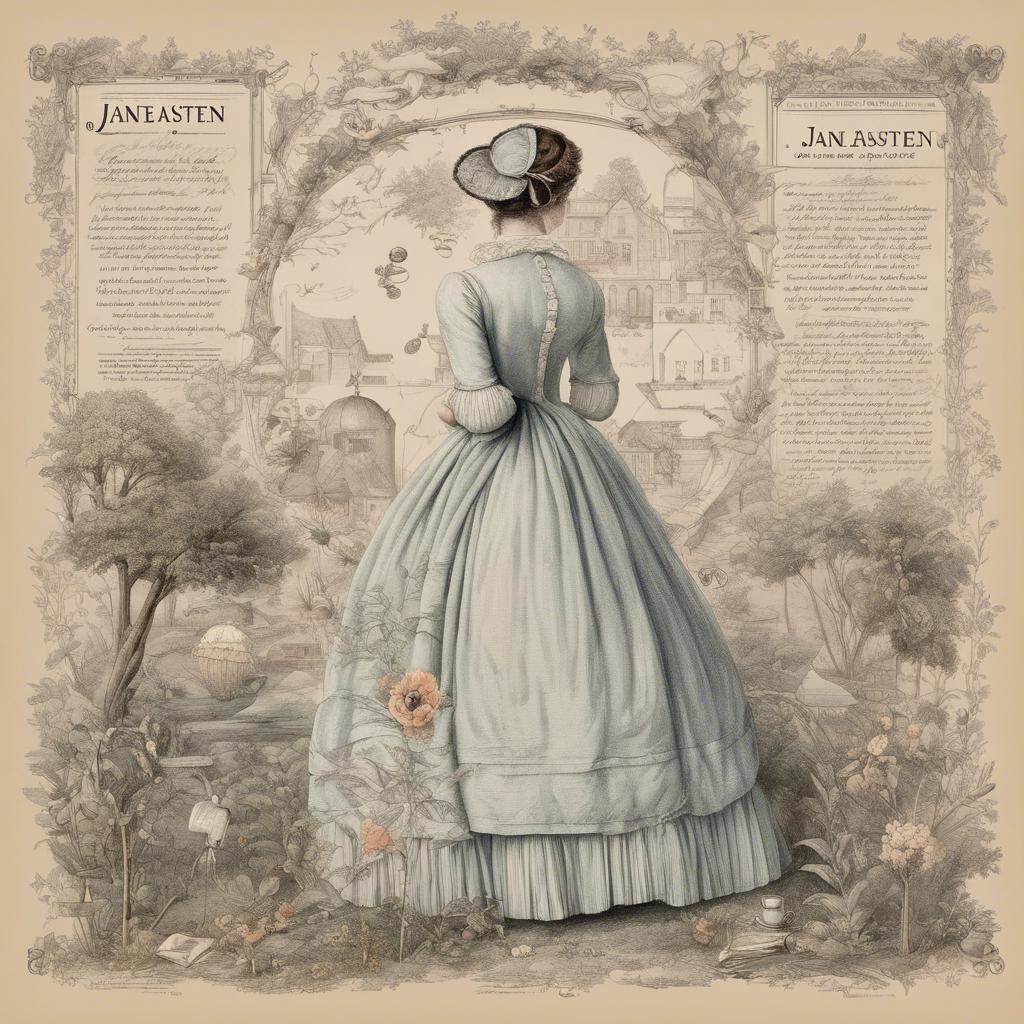In the early 19th century, Jane Austen’s novels painted a vivid picture of Regency England, capturing the social nuances and intricate relationships of the era with unparalleled skill and wit. Delving into Austen’s world offers a glimpse into a bygone era of elegance and propriety, where societal norms and class distinctions were at the forefront of everyday life. Join us as we embark on a journey through the refined world of Jane Austen, exploring the influences and inspirations that shaped her timeless literary works.
Step Into the World of Cheryl Bolen
Dive into the enchanting stories of love, intrigue, and elegance set in the Regency Era. Cheryl Bolen's novels offer timeless romance and captivating tales that will leave you wanting more.
Explore Cheryl Bolen's Books Now
Heading 1: Social Class Structure in Jane Austens World
In Jane Austen’s world, social class structure played a significant role in the lives of her characters. The society in which Austen lived was heavily stratified, with distinct hierarchies that determined a person’s opportunities, relationships, and status. These class divisions were evident in the way characters interacted with one another, the settings they inhabited, and the choices they made.
Key aspects of social class structure in Jane Austen’s world:
- Upper class: Comprised of the aristocracy and landed gentry, this class enjoyed wealth, privilege, and social status.
- Middle class: Predominantly composed of professionals, clergy, and successful merchants, this class aspired to climb the social ladder.
- Working class: The laboring class, including farmers, servants, and laborers, faced economic hardship and limited opportunities for advancement.
| Class | Description |
|---|---|
| Upper class | High social status, wealth, and privilege |
| Middle class | Professional and aspiring to improve social standing |
| Working class | Faced economic hardship and limited opportunities |
Austen’s novels often explore the complexities of social class dynamics, highlighting the challenges faced by characters who straddle different class boundaries. From the romantic entanglements of the Bennet sisters in “Pride and Prejudice” to the trials of the impoverished Dashwood family in “Sense and Sensibility,” Austen expertly weaves class into the fabric of her narratives, inviting readers to ponder the impact of social hierarchies on individual lives.
Heading 2: Gender Roles and Expectations in Regency England
In Regency England, gender roles were strictly defined and expectations were clear. Women were expected to be primarily focused on marriage and motherhood, with little opportunity for independence or autonomy. Men, on the other hand, were seen as the breadwinners and decision-makers of the family, responsible for providing for and protecting their loved ones.
These societal norms are reflected in the works of Jane Austen, who often depicted the struggles and triumphs of women navigating the confines of their gender roles in a patriarchal society. Austen’s heroines, such as Elizabeth Bennet in Pride and Prejudice and Elinor Dashwood in Sense and Sensibility, challenged traditional expectations by asserting their own agency and pursuing their own happiness.
Despite the limitations placed on them, women in Regency England found creative ways to subvert gender expectations and carve out their own paths. Whether through literary pursuits, social activism, or unconventional relationships, these women challenged the status quo and paved the way for future generations to reconsider the limitations of gender roles.
Heading 3: The Influence of Country Estates on Austens Novels
Country estates played a significant role in shaping the world of Jane Austen’s novels, providing the backdrop for romance, intrigue, and social commentary. These sprawling estates were not just setting for Austen’s stories, but characters in their own right, reflecting the wealth, status, and power of the families that owned them.
In Austen’s novels, country estates were often symbols of wealth and privilege, serving as the homes of the upper class characters who populated her stories. From the grandeur of Pemberley in “Pride and Prejudice” to the charming simplicity of Barton Cottage in “Sense and Sensibility,” these estates provided the perfect setting for the drama and romance that unfolded within their walls.
Beyond their role as settings, country estates also highlighted the social hierarchies and norms of Austen’s time. The intricate web of relationships between landowners, tenants, and servants provided insights into the class structure of the Regency era, allowing Austen to explore themes of social mobility, duty, and the constraints of society. In this way, country estates were not just backdrops for Austen’s novels, but essential elements that helped to bring her stories to life.
Heading 4: Exploring the Romantic Era Fashion in Jane Austens Time
Step back in time and explore the enchanting world of Jane Austen’s Regency era fashion. During this period, fashion played a significant role in societal norms and status, with clothing reflecting one’s wealth, social standing, and taste.
Women’s fashion in Jane Austen’s time was characterized by elegant empire-waist dresses, delicate fabrics such as muslin and silk, and intricate embroidery. Accessories like bonnets, gloves, and parasols completed the look, adding a touch of refinement to any outfit.
Men, on the other hand, favored tailored coats, waistcoats, and breeches, often made from luxurious materials like wool and silk. Cravats and top hats were essential accessories for a gentleman’s ensemble, showcasing his attention to detail and sophistication.
To Conclude
immerse yourself in the world of Jane Austen, where wit, romance, and social commentary are woven intricately into the fabric of everyday life. Through her timeless novels and the rich history of the Regency era, Austen offers us a window into a bygone era filled with societal expectations, love struggles, and the pursuit of happiness. As we navigate through her beloved works and explore the landscapes that inspired her, let us continue to cherish and honor the enduring legacy of one of the greatest literary voices in English literature. Join us in preserving and celebrating the enchanting world of Jane Austen, where the past meets the present to captivate and inspire readers for generations to come.


